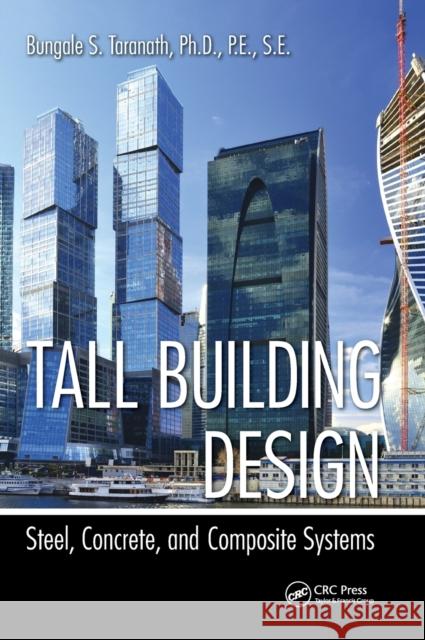Tall Building Design: Steel, Concrete, and Composite Systems » książka
Tall Building Design: Steel, Concrete, and Composite Systems
ISBN-13: 9781466556201 / Angielski / Twarda / 2016 / 838 str.
Addresses the Question Frequently Proposed to the Designer by Architects: "Can We Do This? Offering guidance on how to use code-based procedures while at the same time providing an understanding of why provisions are necessary, Tall Building Design: Steel, Concrete, and Composite Systems methodically explores the structural behavior of steel, concrete, and composite members and systems. This text establishes the notion that design is a creative process, and not just an execution of framing proposals. It cultivates imaginative approaches by presenting examples specifically related to essential building codes and standards. Tying together precision and accuracy it also bridges the gap between two design approaches one based on initiative skill and the other based on computer skill. The book explains loads and load combinations typically used in building design, explores methods for determining design wind loads using the provisions of ASCE 7-10, and examines wind tunnel procedures. It defines conceptual seismic design, as the avoidance or minimization of problems created by the effects of seismic excitation. It introduces the concept of performance-based design (PBD). It also addresses serviceability considerations, prediction of tall building motions, damping devices, seismic isolation, blast-resistant design, and progressive collapse. The final chapters explain gravity and lateral systems for steel, concrete, and composite buildings. The Book Also Considers:
- Preliminary analysis and design techniques
- The structural rehabilitation of seismically vulnerable steel and concrete buildings
- Design differences between code-sponsored approaches
- The concept of ductility trade-off for strength











